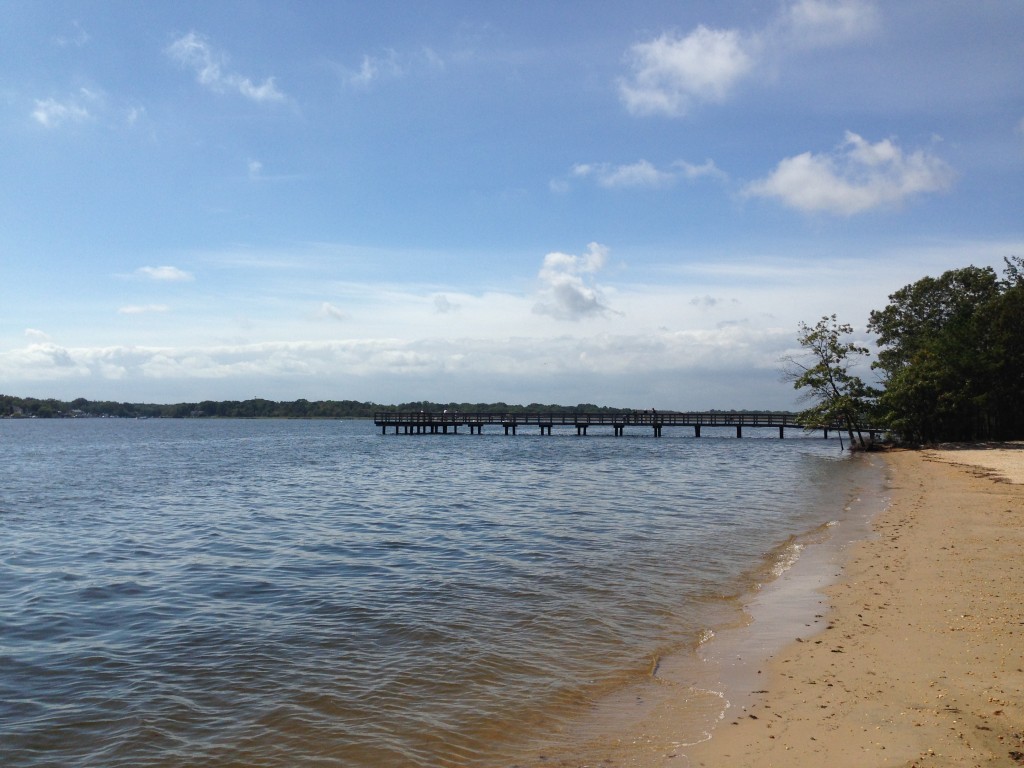Runoff from fertilized lawns and busy streets represents the biggest challenge to keeping Brick’s water supply one of the state’s cleanest, prompting the Brick Township Municipal Utilities Authority to think out of the box for ways to maintain high quality drinking water for ratepayers.
In fact, the BTMUA’s plan to protect the Metedeconk River watershed – the source of the vast majority of the township’s drinking water – is the largest ever to be developed in state history, said Rob Karl, the Source Water Supervisor at the agency.
“The Metedeconk is a very large and high quality water source, but one of the issues is runoff,” he said, introducing the utility’s watershed protection plan at a recent meeting of the township council.
|
|
Among the challenges facing the MUA is the increasing populations of communities upstream from Brick, where the fresh water from the river is sourced for consumption.
“There are a lot of old outfalls that bring runoff right into the river,” said Karl.
The protection plan, developed by the BTMUA in conjunction with the state Department of Environmental Protection, calls for $466,000 of state funding to implement a number of projects to protect the water supply, including an extensive, 68-station monitoring program, retrofitting stormwater retention basins with plants to help filter runoff from rain water and land preservation efforts.
“We have all the upstream communities with us, working collectively to make this stuff happen,” said Joseph Maggio, Director of Water Quality for the MUA.
Much of the effort so far has focused on a combination of outreach projects – the BTMUA sends employees to schools to teach students about good environmental practices, for example – and the retrofitting of stormwater basins. The stormwater basins, Karl said, are retrofitted with what is known as a “bio retention” layer of natural plants that work to significantly reduce the amount of runoff that would otherwise make it to the water source.
The MUA is also in the process of working with some shopping centers to create mini bio-retention basins there to catch runoff left by vehicles in parking lots. One example of a shopping center bio-retention basin can be found in the parking lot of the Lowe’s store in Brick, where flowers and grasses can be found separating lanes of parking spaces. Part of the overall protection plan includes urging other local communities in the watershed zone in Ocean and Monmouth counties to adopt ordinances requiring newly constructed shopping centers to adopt the design.
At Brick Plaza, the protection plan includes a conceptual design of replacing certain sections of pavement with new, porous pavement with a geo-textile underlining that would allow the water to filter through to the ground instead of mixing with motor oil and other pollutants that would normally be present. The project at Brick Plaza is estimated to cost $300,000. The plan for Brick Plaza also calls for some regarding work, the installation of a trench and creating the bio-retention basins in the islands between parking stalls.
The ambitious plan to protect the watershed is aimed at improving water quality, but has a side effect of reducing water treatment costs, as cleaner water decreases the need for costly treatment processes, Karl said.
In the mean time, he said, the BTMUA has a “diverse portfolio of water supply options,” including a number of deep wells that source water from 1,800 feet below ground.
“If we don’t like a particular source on a particular day, we don’t have to use that source,” said Karl.

Advertisement

Police, Fire & Courts
Grand Jury Indicts Point Pleasant Man, Once a Fugitive, for Attempted Murder









